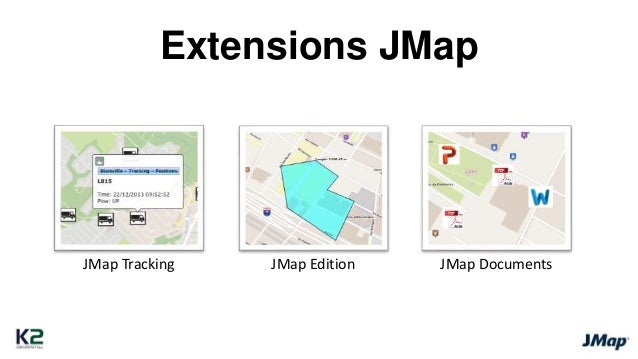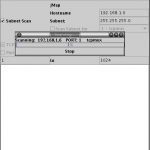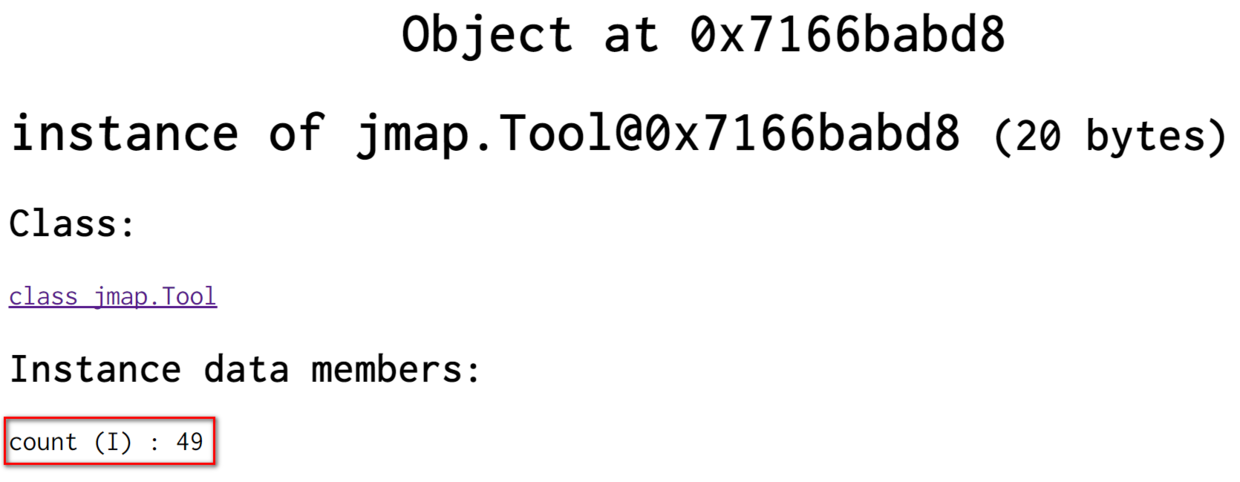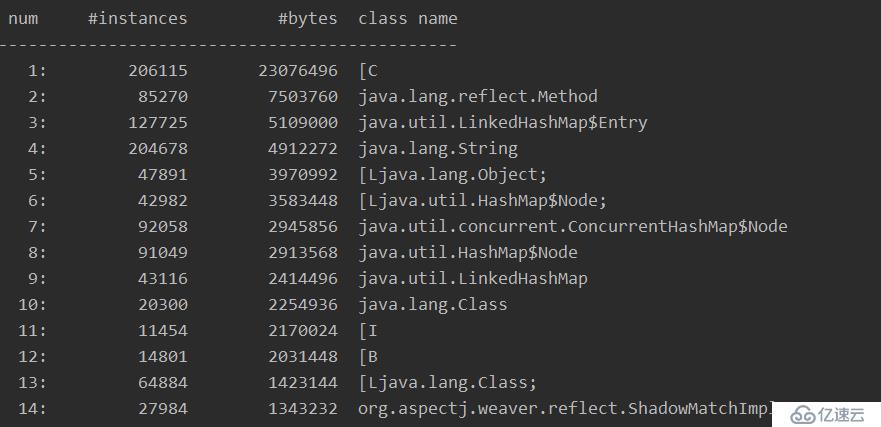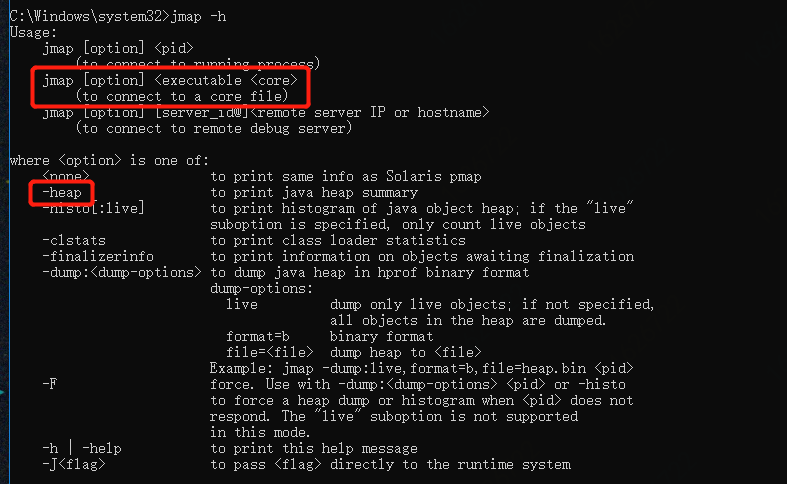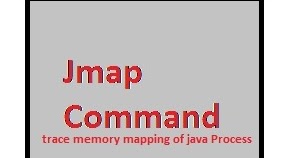Jmap Instances. Note: This command is unsupported and might not be available in future releases of the JDK. If you will print objects histogram at the end you'll see total number of instances and also accumulated size of all objects: jmap -histo <PID> will print whole objects with number of instances and size. The last line will contain total number. The simplest way is to use jmap tool. The utility can also use the jsadebugd daemon to query a process or core file on a remote machine. This represents the jmap command-line options.

Jmap Instances. Jmap does not have the file parameter, so the execution is abnormal. This represents the jmap command-line options. It is located on the east bank of the Missouri River, across from Omaha, Nebraska. If you will print objects histogram at the end you'll see total number of instances and also accumulated size of all objects: jmap -histo <PID> will print whole objects with number of instances and size. See Options for the jmap Command. pid. For example, scriptObj.keyName can be used to access value associated with given key. Jmap Instances.
Jmap does not have the file parameter, so the execution is abnormal.
However, the execution is normal after the file parameter is added.
Jmap Instances. The last line will contain total number. On Windows Systems where the dbgeng.dll file isn't present, the Debugging Tools for Windows must be installed to make these tools work. -histo Use the -histooption to obtain a class-wise histogram of the heap. each class, it prints the number of instances in the heap, the total amount of memory used by those objects in bytes, and the fully qualified class name. The jmap command-line utility prints memory-related statistics for a running VM or core file. Description The jmap command prints details of a specified running process. Note: This utility is unsupported and might not be available in future releases of the JDK. The result script object's field names are keys of the Map.
Jmap Instances.
